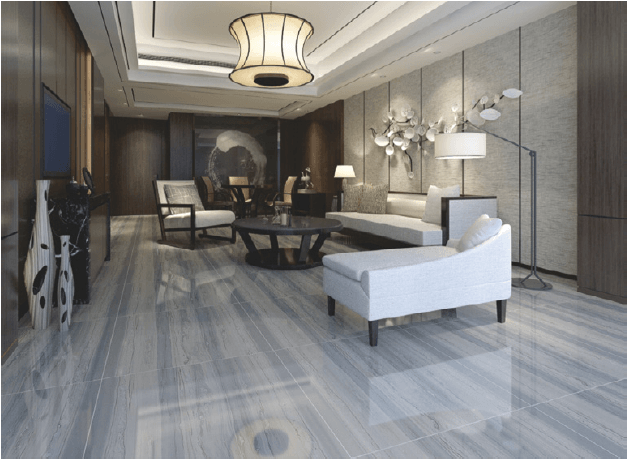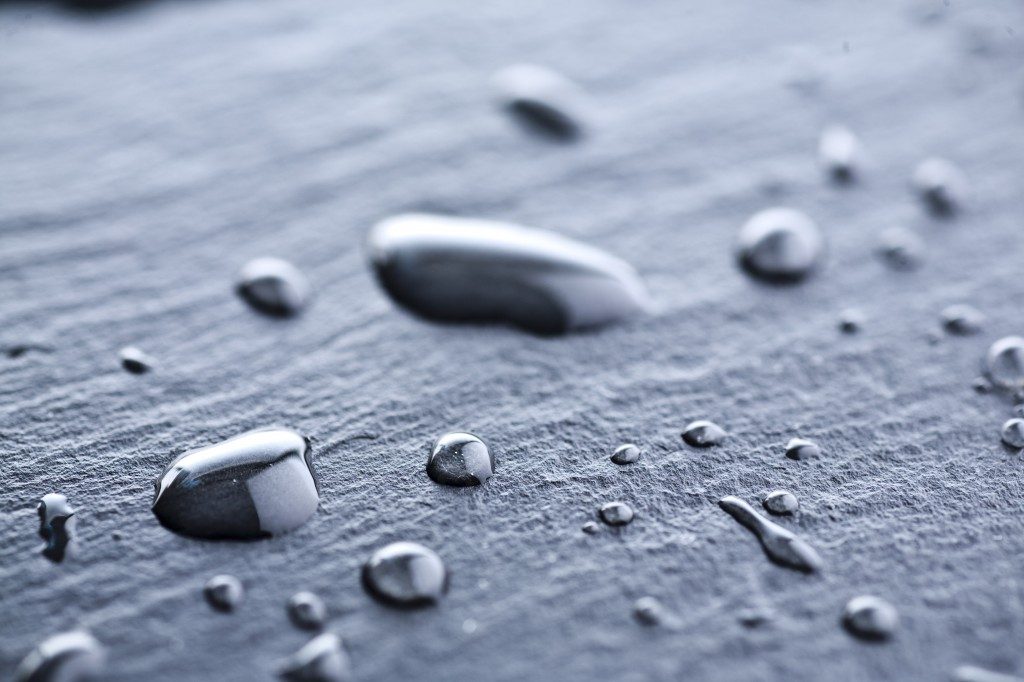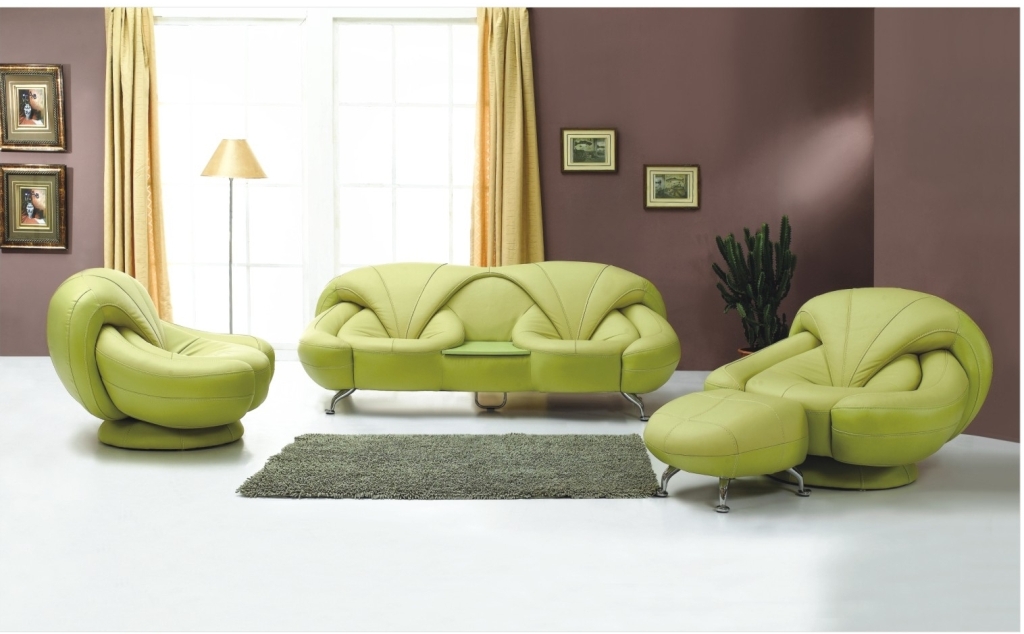The ceramic and porcelain tiles have a different composition and have slight differences. Porcelain tile, for instance, is more impervious to ceramic tile and is subjected to less infiltration. If you consider the method used by the industry group to decide whether or not porcelain or ceramic tile should be used, you will come to know that the main difference between the two is that of the absorption criteria only. Some also categorize porcelain tiles to be dense, fine-grained, smooth, and impervious. Let us take a look at the differences explained:
Water Absorption Rate
The water absorption rate of porcelain is 0.5 per cent or lower as given by the American Society for Testing and Materials (ASTM) section C373. This has been concluded by weighing the fired tile first and boiling it for over five hours and letting it stay in the water for over a day. After this, the tile is weighed again. If it is found that the tile is less than half of one-per cent more of its water-absorbing surface, then it is finalized to be porcelain.
When compared to ceramic, the porcelain tiles often have few impurities which are often rectified. These contain clay, quartz, feldspar which can be fired between 1,200 to 1,400 degrees C.
Using porcelain or ceramic
If you are planning to out to put these tiles, then it is strictly not recommended as these are extremely fine to use and might suffice outside the home which is exposed to weathered conditions. Experts recommend that you use the flooring materials such as concrete or quarry tile when you are using them outside your home. On the contrary, when you are using ceramic tiles inside your homes, then it is best to use the ceramic tiles.
Ceramic tiles are not recommended as they tend to absorb too much water and are certainly not much durable. If you live in an area that experiences freezing cold, then you should not use these tiles as they are likely to crack within the first few weeks of installation.
One should refer to the PEI ratings for porcelain. For instance, a rating of 5 is suitable for commercial and heavy traffic. Porcelain clays are often denser and less porous than the ceramic ones that make the former one harder and impervious to moisture. Moreover, porcelain is more durable and better suited for heavy usage than its counterpart. Also, when you chip the ceramic tile, you will find a completely different colour under the top glaze, whereas when you chip porcelain, you will find a consistent colour all throughout it. This means that the chip leaves nearly invisible.
Ease of cutting
Tile density has both good as well as a bad side. The ceramic tiles happen to be less than the porcelain tile and are also easy to handle and can be cut manually with the help of snap tile cutter or a tile saw. Porcelain tiles are somewhat more brittle and require experience in handling it. It is recommended that you use a wet tile saw when you are dealing with these tiles in order to avoid cracking.
Cost
The ceramic tiles are 60-70 per cent of the total cost of porcelain. However, both of their costs are almost close to each other if you are looking at the top quality tiles in both these categories.
On a final note, you must do a careful examination of both the tiles and use them accordingly so that you make efficient use of the same wherever necessary. It is also recommended that you consult an expert so that you make the right decision during the selection.




















